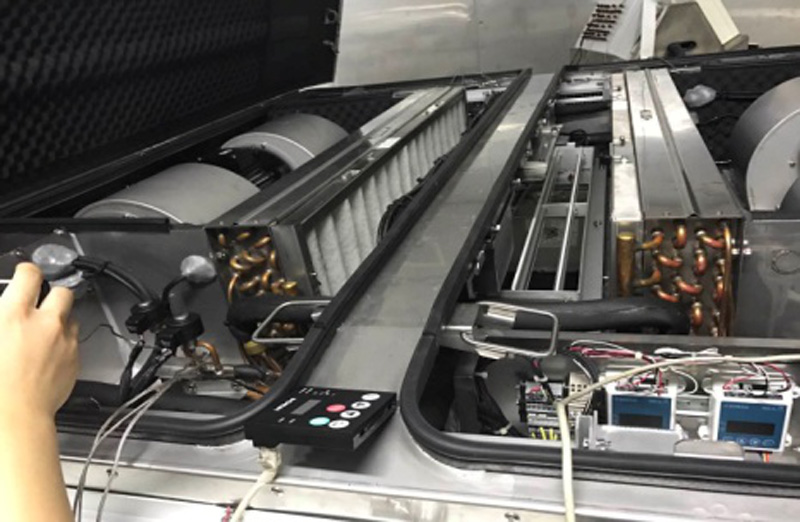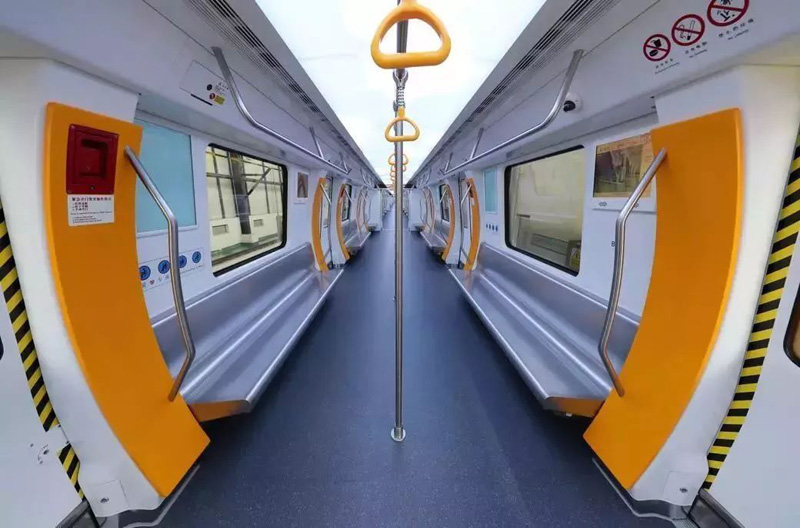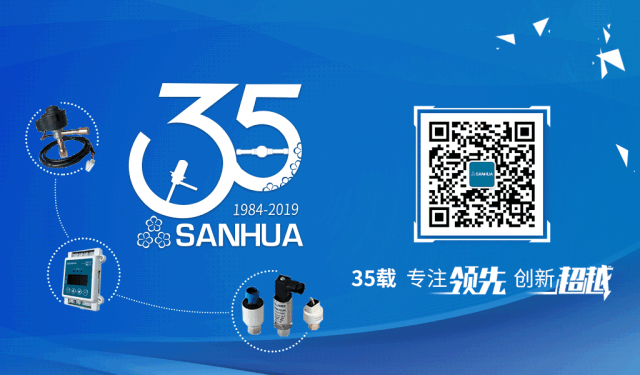
New Infrastructure with New Plan (1): Rail Transit
A global COVID-19 has accelerated the development of China's "new infrastructure". This year's government work report proposes to strengthen the construction of new infrastructure, stimulate new consumer demand, and assist in industrial upgrading. This includes developing a new generation of information networks, expanding 5G applications, constructing intercity high-speed railways and urban rail transit, constructing charging stations, and promoting new energy vehicles. A global COVID-19 has accelerated the development of China's "new infrastructure". This year's government work report proposes to strengthen the construction of new infrastructure, stimulate new consumer demand, and assist in industrial upgrading. This includes developing a new generation of information networks, expanding 5G applications, constructing intercity high-speed railways and urban rail transit, constructing charging stations, and promoting new energy vehicles.
Although the prospects are good, it is not easy to get a piece of the pie or even dominate. Because these 'new infrastructure' are not simply expanding in scale, but are accompanied by continuous system upgrades.
Today, let's take a look at the "new infrastructure" of rail transit, which directly affects the convenience of going out. What are the "new solutions"!

Taking Ningbo Metro Line 3 in Zhejiang as an example
Ningbo Metro Line 3 is the first line in the second round of construction planning for Ningbo Metro, with a total length of 16.72 kilometers. The line runs from south to north, passing through Yinzhou and Jiangbei districts. The first phase of the project runs from Gaotang Bridge to Datong Bridge, with a total of 15 stations.
The traditional train air conditioning system commonly uses a constant speed compressor, but in a survey, many passengers reported that subway air conditioning systems are often too cold in summer. So the first phase of Line 3 trains changed the mode of Line 1 and Line 2, using variable frequency air conditioning units to ensure a comfortable experience while reducing energy consumption.
After using a variable frequency compressor, it is necessary to cooperate with an electronic expansion valve in order to truly function.
The complete plan of Sanhua stood out in the bidding. Sanhua provides a solution of DPF electronic expansion valve+SEC electronic expansion valve controller+YCQ pressure sensor. The brand effect of Sanhua electronic expansion valve, coupled with a professional application team, ultimately led customers to choose Sanhua. (At this moment, Xiaohua silently took out the photos from the debugging process back then.)

Since its opening last year, more than 600 sets of three flower electronic expansion valve solutions have been running on trains on Line 3. Another summer has arrived. If you take the Ningbo Metro Line 3, it will be a brand new comfortable experience, with visible "blue sky and white clouds" (LED lighting on the top of the carriage) and invisible temperature control (variable frequency air conditioning).

In addition, this plan was also applied in the subsequent purchase project of the Changsha maglev train.

It can be seen that in the field of rail transit train air conditioning, the application of frequency conversion systems and electronic expansion valves has become a trend. We believe in the enormous business opportunities brought by "new" infrastructure, and if we use "new" solutions, we can win more easily.





